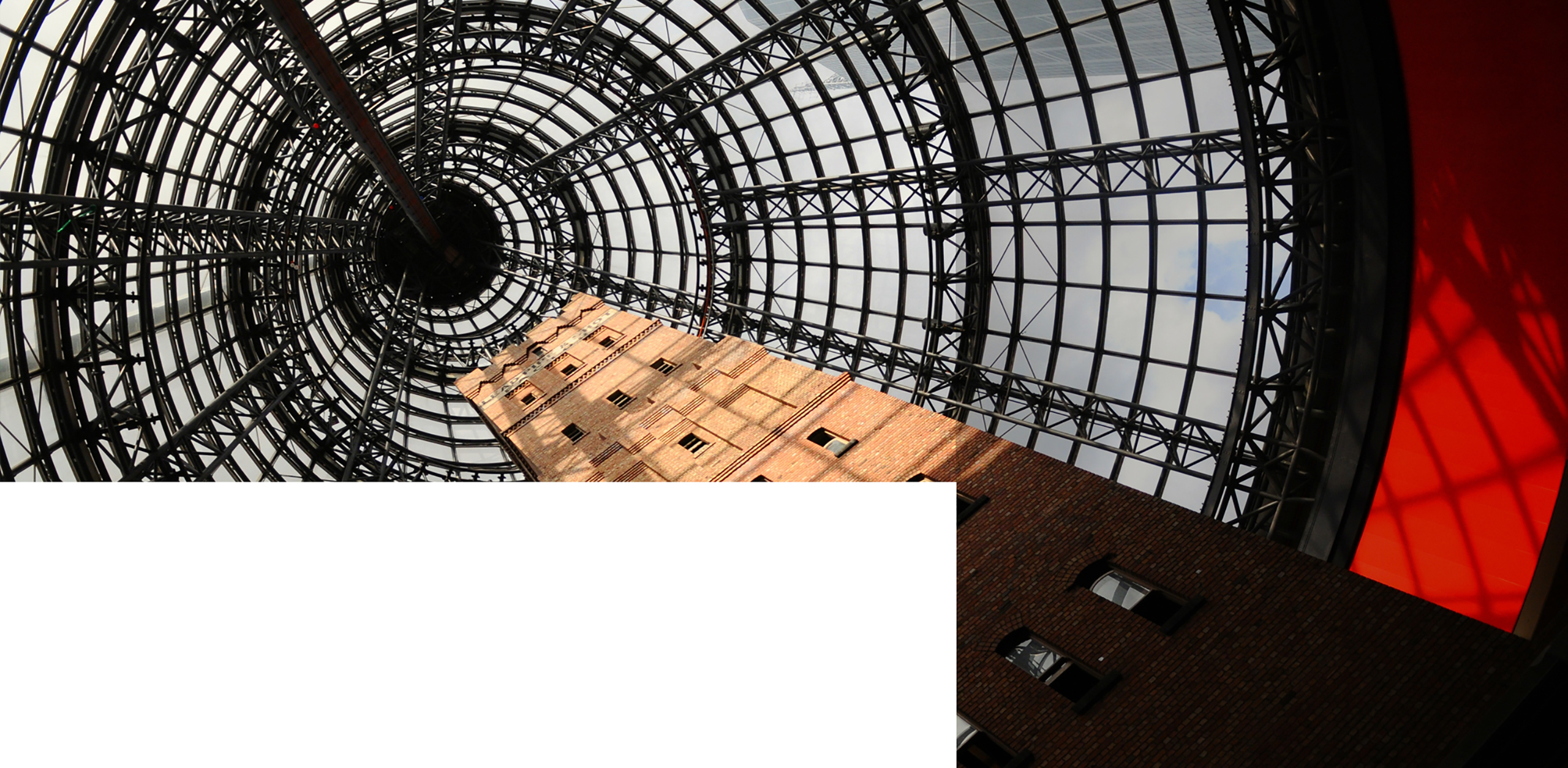

Lived Space, Past and Present
German psychotherapist Karlfried Graf von Dürckheim coined the term “lived space” (der gelebte Raum) in 1932 to refer to the experiential and perceptual characteristics of space rather than its visuality and physicality. It has recently been popularised by Finnish architect and writer Juhani Pallasmaa who encourages us to think about space in terms of atmosphere and sensation, and the design of spaces from the perspective of how they will be “lived” and perceived. In many ways, he captures ideas relevant across multiple disciplines.
Narrative practices and memory-making processes in art and cultural projects help us signify the implications of “lived space” in physical settings. Mediated arrangements of space through the visual arts abstract lived experience, bringing it to our attention but also inviting us to question our relationship to various spaces. Installation art has, from its inception, blurred the boundary between art as an object and the live experience of art as a spatial entity. As Pallasmaa identifies, filmic representations of space generate lived images for the imagination of cinemagoers and experts alike.
Picking up on these current themes and “historic” practices, this conference call invites artists, designers and theorists to reinvent and reconsider the 90-year-old concept of “lived space.” As a concept that has morphed in terms of meaning, application and presentation over the decades we are open to a discussion of where it might take new theories of space, spatial practices, art, design and representation in the future. Particular areas of interest include:
Lived Space in the Past and Present: Did Pallasmaa Get It Right? (architectural histories and theories, cultural histories, urban studies, psychology of space)
The Role of Lived Space in Storytelling and/or Memory-making Processes: From Art Practices to Cultural Constructs in the Past and Present (creative arts, memory studies, visual and sonic arts)
Histories of Representation: Looking at Lived Space through Multimedia (film, painting, drawing, architecture, design, the digital arts)
If Film Spaces could Talk: Cinema and Architecture in and out of the City in the Past and Present (film histories and theories, filmmaking, creative arts, architectural theories, urban studies)

Part of the conference Representing Pasts-Visioning Futures: See Full Call
![]()
Research Overview
The university includes several researchers interested in the role that visual media play in the understanding and representation of architecture and the city. Leading researchers at Queen’s in this area are Dr Gul Kacmaz Erk and Dr Niek Turner, whose main research areas deal with cinema and space in relation to European cinema/science-fiction and Soviet films respectively. They share an interest in utilising techniques inspired by (visual) media, both historic and contemporary, to create a new understanding of architectural space.
Alongside these principal researchers who are leading the symposium in the Department of Architecture at Queen’s, there are a range of staff members and doctoral students who are exploring the role of media in developing an understanding of space from a variety of viewpoints. Included within these are researchers who are using collage technique to analyse the real and intangible space in cinema (Cliona Brady), and mapping and analysing Irish film locations (Ece Sila Bora), as well as several practitioners who have explored how we can use media as a tool to understand and design space (Dr Colm Moore/Prof Michael McGarry). Furthermore, in the broader university context, scholars explore the role of the city in filmmaking and film history. Dr Stefano Baschiera for example, is interested in Italian cinematic spaces and film distribution.
People
Dr Gul Kacmaz Erk, Dr Niek Turner
More information about Queens University Belfast | Cinema and Architecture in the City
Submit an Abstract | Return to Full Call
Queries: events@amps-research.com

